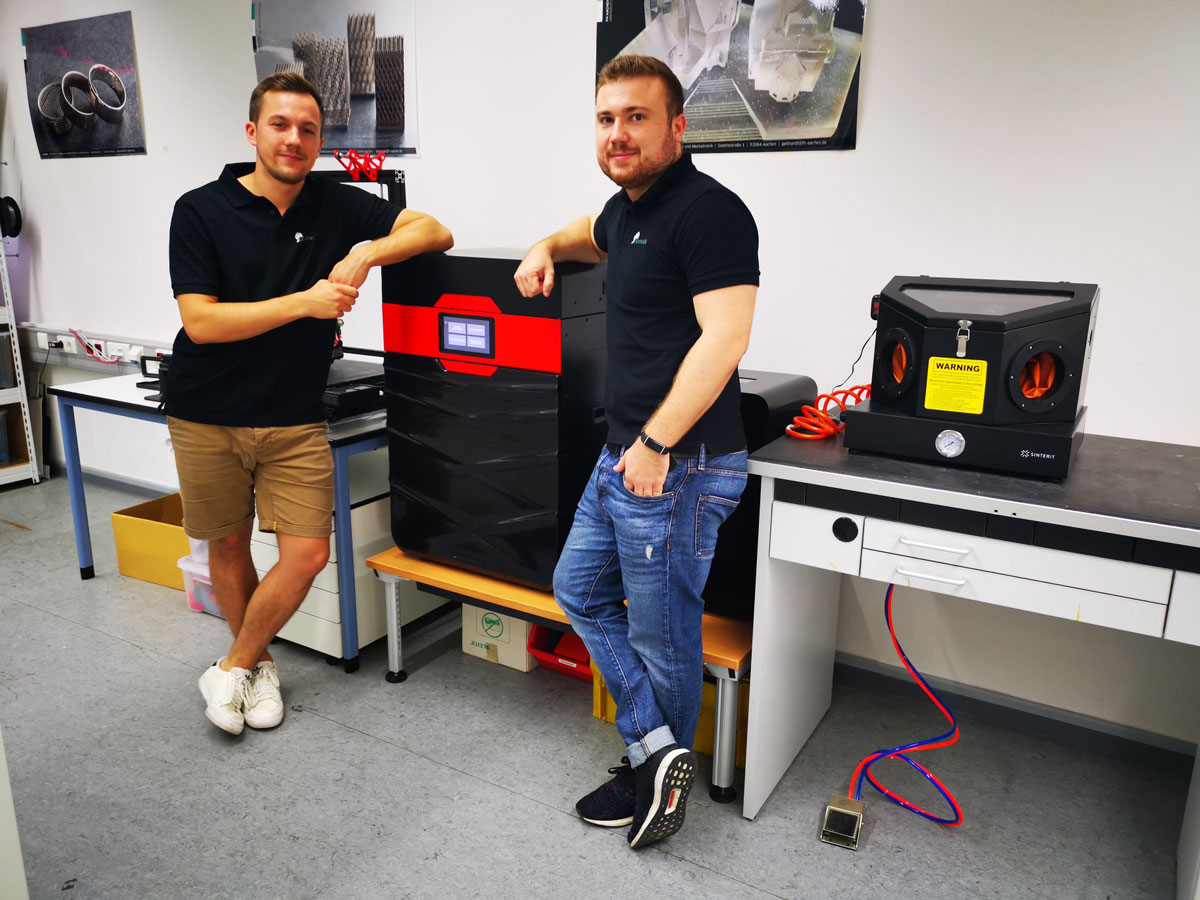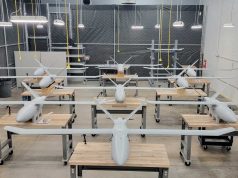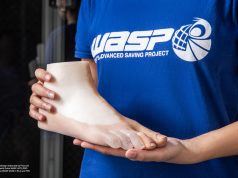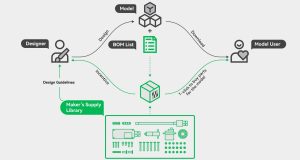Since 2000, the teaching and research area High-Performance Manufacturing Technology and Additive Manufacturing in the Department of Mechanical Engineering and Mechatronics at Aachen University of Applied Sciences has been concerned with the application and further development of generative manufacturing processes. The Goethelab has a wide range of equipment in the fields of laser powder bed fusion (LBPF), stereolithography (SLA) and fused layer modeling (FLM) which is used not only for teaching purposes but also in numerous research projects. The goal was to add selective laser sintering (SLS) to the portfolio in order to introduce students to another AM process and its advantages, and to be able to use it for future research projects.
Problem
Due to its attractive low investment cost and small size, the Lisa Pro represented an excellent alternative for teaching and closer research of selective laser sintering (SLS). The lower acquisition costs of such benchtop systems result in part from smaller construction volumes, the use of diode lasers instead of CO2-lasers, and the use of alternative beam delivery systems. Whether and to what extent these systems can keep up with industrial systems in terms of component quality has hardly been studied so far, so this was investigated in more detail as part of Marco Skupin master’s thesis.
Solution
For the study, the Lisa Pro was compared with an industrial system in terms of geometric accuracy, mechanical properties, surface quality and economy. In the area of geometric accuracy, for example, it was shown that the Lisa Pro achieves comparable results to the industrial systems with ± 0.3 mm. Only in the area of component design do the design guidelines for SLS have to be given special consideration on the benchtop system due to the lower scanning speeds, otherwise greater geometric deviations will occur caused of the stronger “curling effect” on the benchtop system. Due to the significantly lower investment costs compared to industrial systems, there is greater cost-effectiveness in the production of very small quantities. Added to this is the plug & play system, which makes it easier to get started with selective laser sintering in training. Thus, the Lisa Pro has proven to be the ideal system for Goethelab, acting between teaching and research.
In the area of teaching for example, students are currently working independently on developing a concept that accompanies interaction with the Lisa Pro via an app. In the future, students should be able to teach themselves the SLS process independently and in a practical manner with the help of digital learning content.
With regard to research, Goethelab is currently working with their partners to investigate the laser polishability of SLS-printed parts. In the future, this should result in a flexible, automatable post-processing process for the improvement of the surface.
Equipment
Lisa Pro
Sandblaster
Powder Sieve
All researches were made with PA12 Smooth. PA11 Onyx and Flexa Grey are also used in their department.
Specifics about part
The investigation included tensile tests as a function of the following four design directions: XYZ, ZYX, XZY and 45°.
All specimens were processed using post process sandblasting. Further investigations of laser polishability are currently underway. An example image of a laser polished specimen can be found in the picture.
Subscribe to our Newsletter
3DPResso is a weekly newsletter that links to the most exciting global stories from the 3D printing and additive manufacturing industry.




























